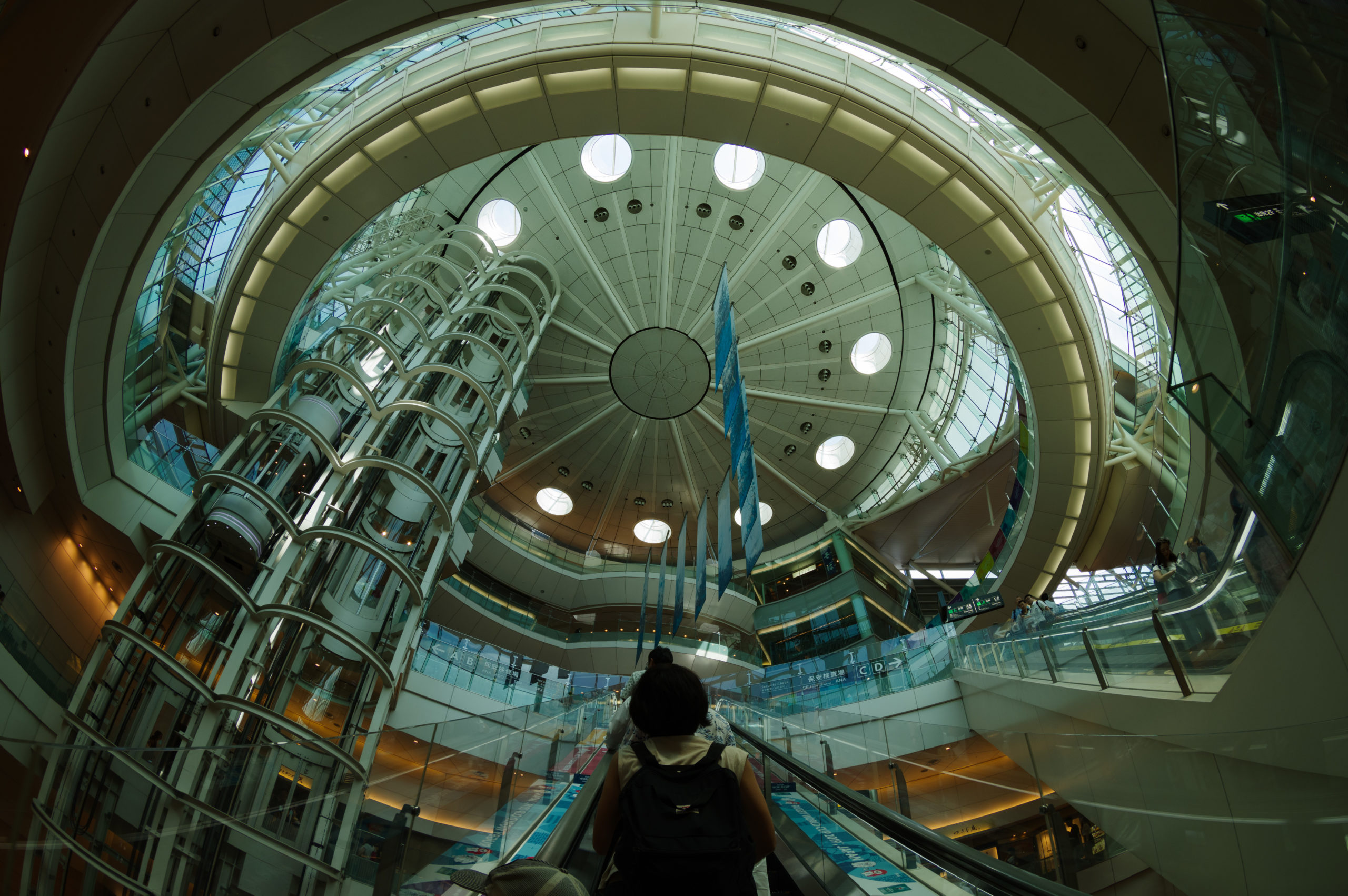I think that many photo enthusiasts are having a hard time storing the photo data they have taken. I automatically back up all RAW/JPG data to Amazon Photos after developing RAW files on my laptop, and I also keep a local copy on an external hard drive “just in case”. It’s easier to get large amounts of data in and out of the local device, and I don’t fully trust Amazon (laughs).
However, the “just in case” HDD has now passed away suddenly.
This is the one.
WD Portable HDD 2TB
One day I had to transfer a large amount of data to and from my PC and was working on it.
A metallic sound like a cough “Kon-Kon”.
I heard a metallic coughing sound. When I realized what was wrong, the coughing stopped in no time at all, and the next morning it had gone (could not read or write anything) . I have heard that the “Kon-Kon” noise is the sound that the magnetic heads make when they cannot find the position to insert/remove data and are looking around for the position.
It died suddenly about 3 years after purchase and operation. I realized that HDD storage is fragile. Actually we are using another HDD of the same model, have to prepare for the failure of that one as well in terms of preventive maintenance.
This situation forced us to review our local copy system “just in case”. The amount of data we need to find a new storage location is about 3TB worth.
What should we do?
1) Amazon Photos is enough for the cloud so far. I still want to keep my data locally.
2)We want to find a storage method with as long a lifespan as possible; it is hard to say goodbye after 3 years.
3)As there is a possibility that the amount of data to be taken will further increase in the future, a minimum capacity of about 1TB is essential so that at least one year’s worth of data can be compiled.
4)Space and budget are limited.
After much circling and waffling.
In conclusion, we decided to stop relying on HDD and use this.
External SSD. The manufacturer and the appearance do not look much different, but you will be surprised at the “smallness and lightness” of the actual product in your hands. Since there are few moving parts, the risk of failure is (relatively speaking) small, and it is said to have a lifespan of 5 or 10 years.
Even 5 years is a fleeting life, but if it extends the life of the next promising recording media for a few years, it will be a good thing.
So I got it.
The expense was a reasonable pain and it took a lot of patience to download 2TB worth of data from the cloud, but that’s another story.





